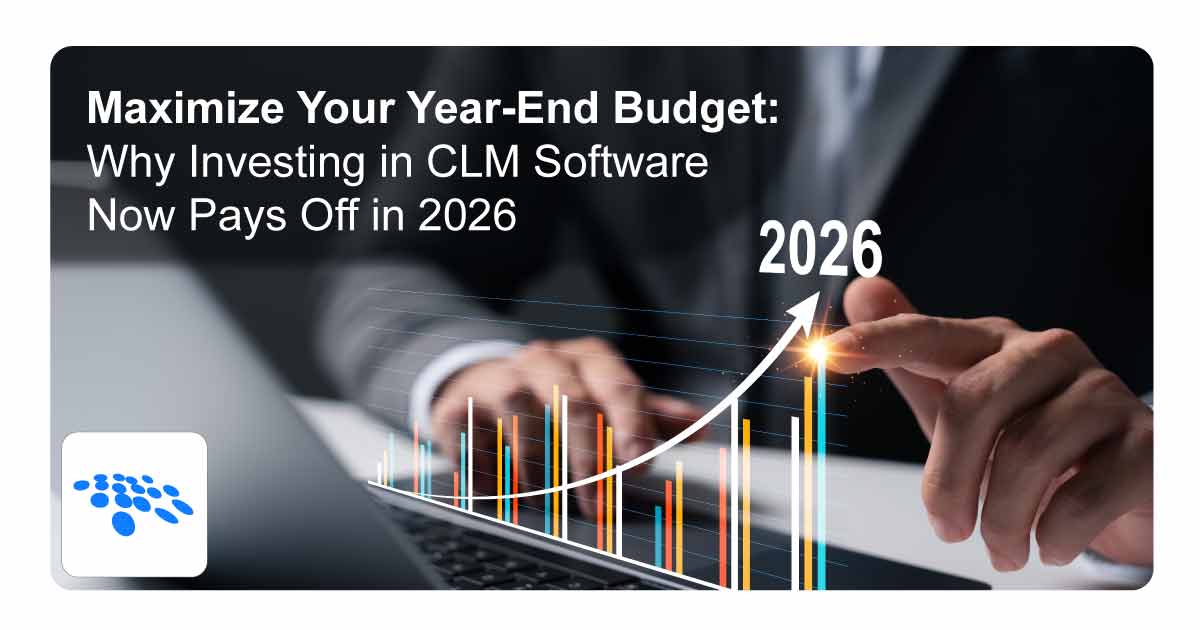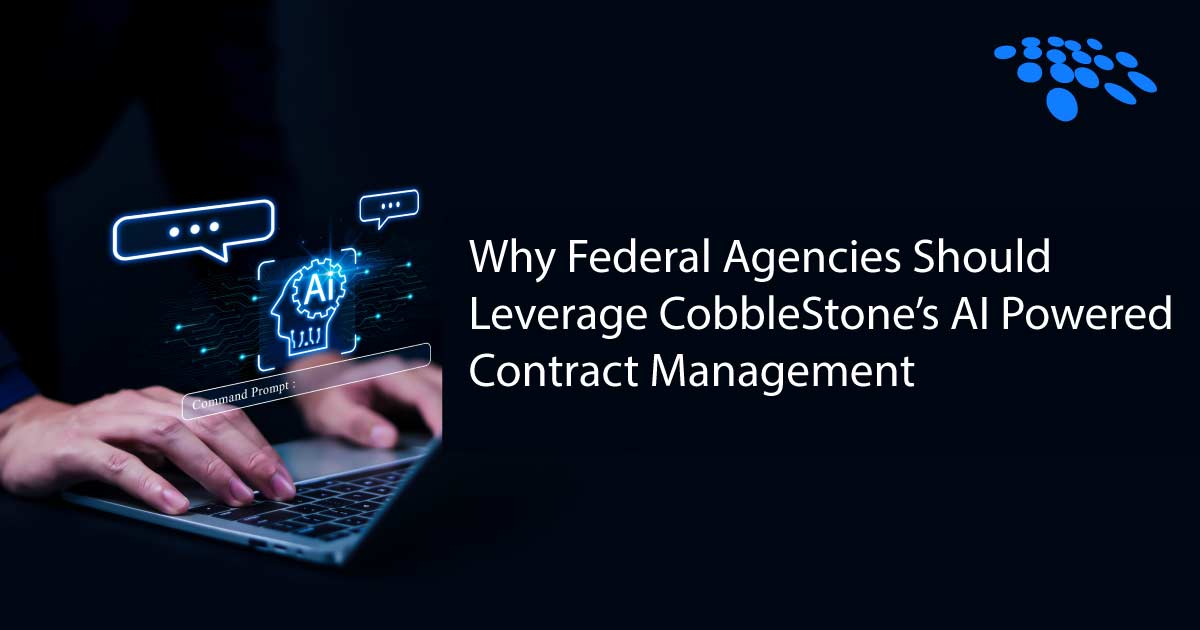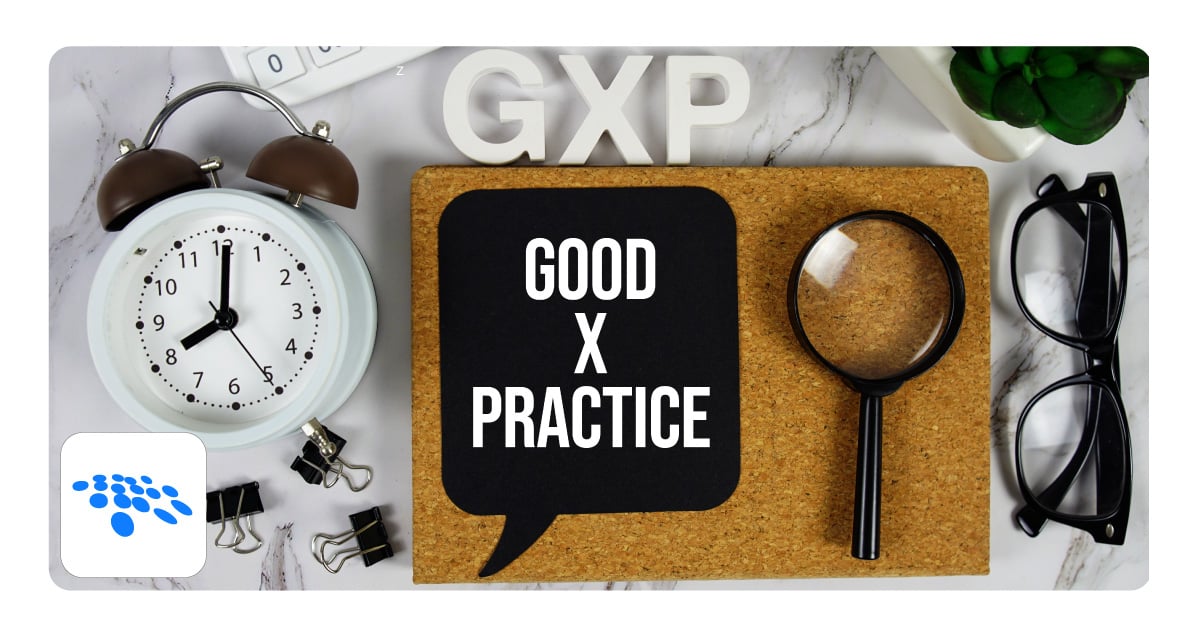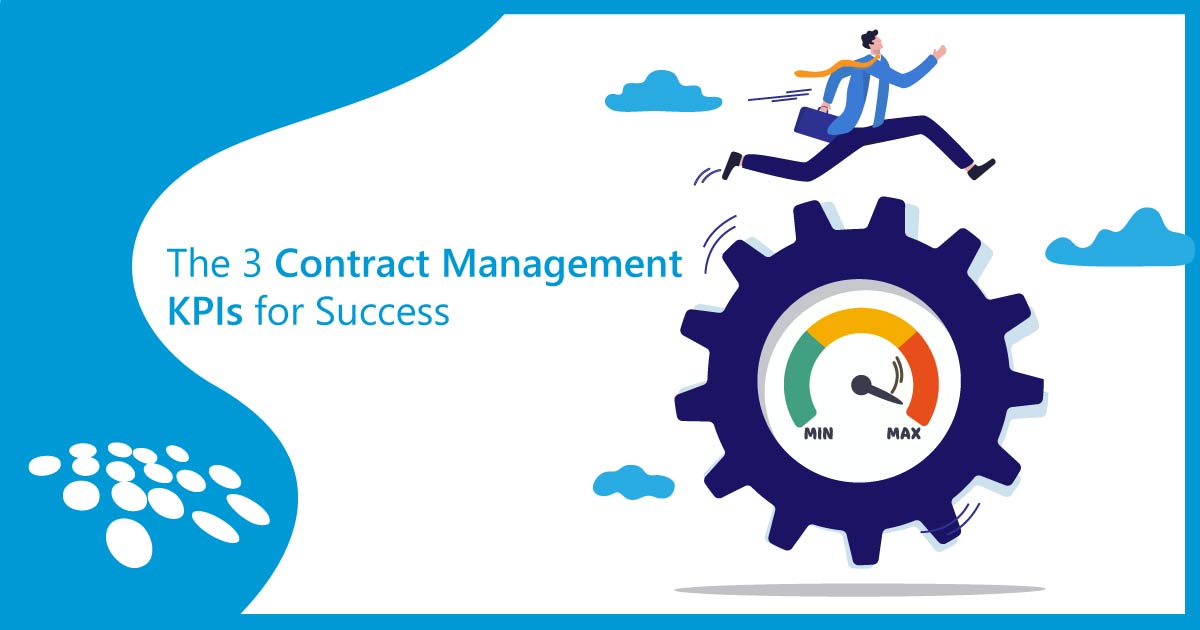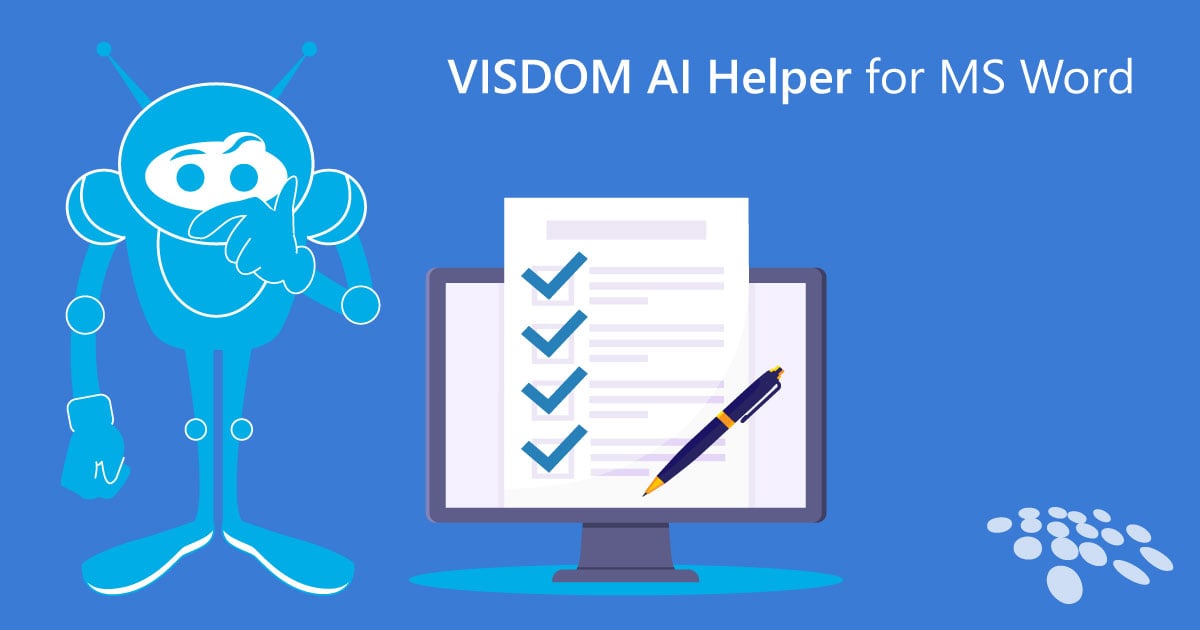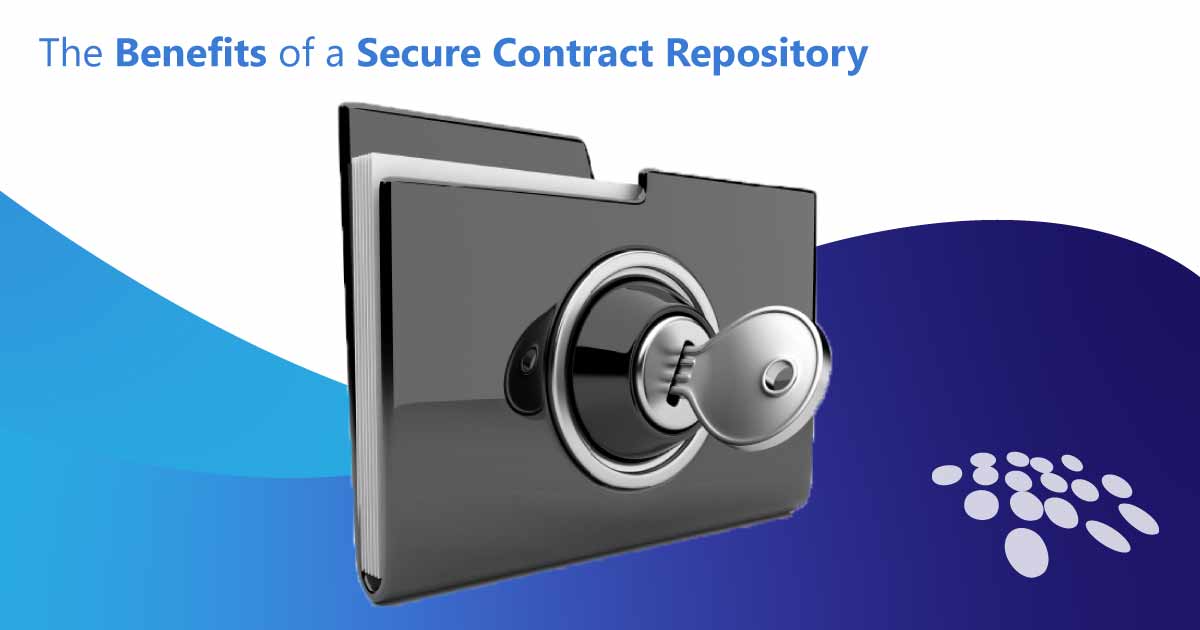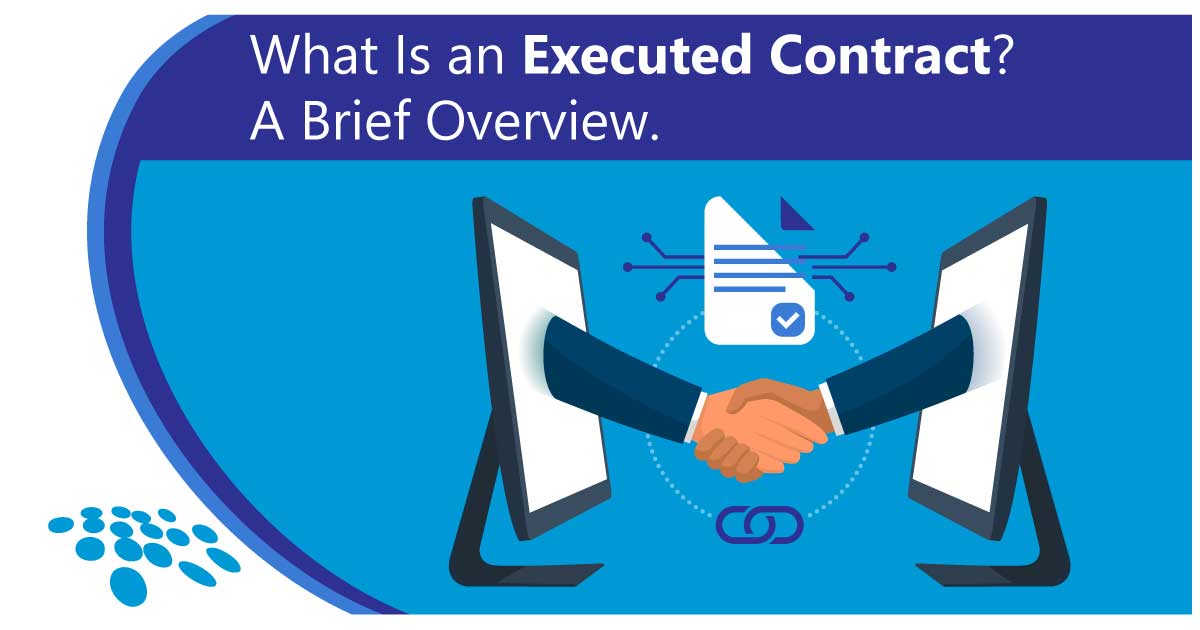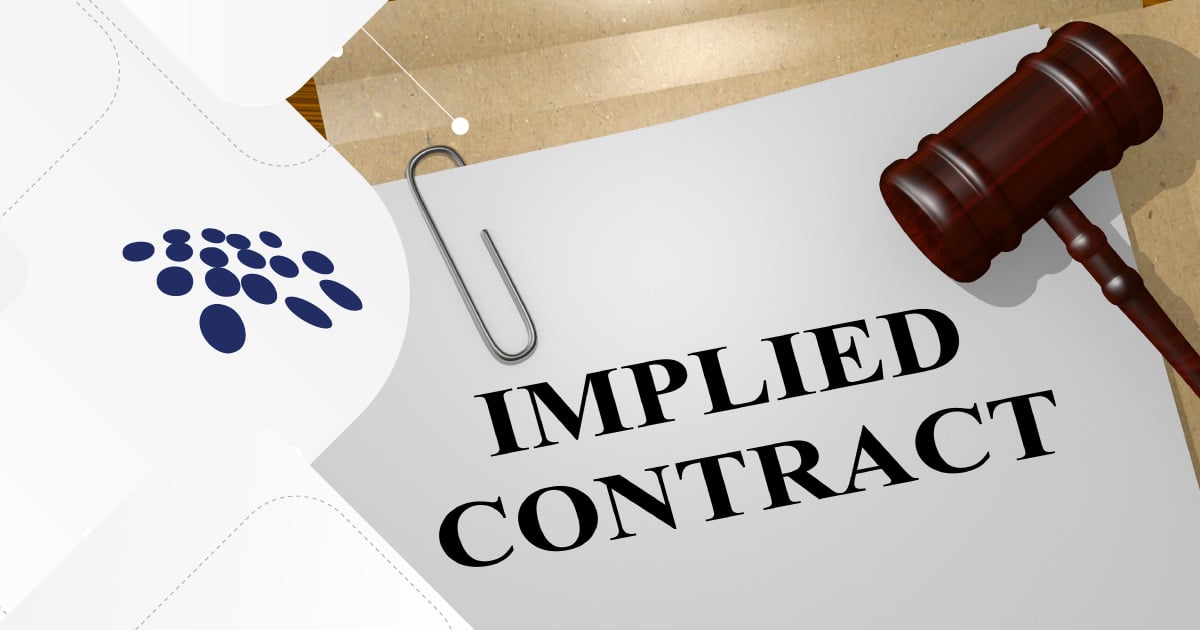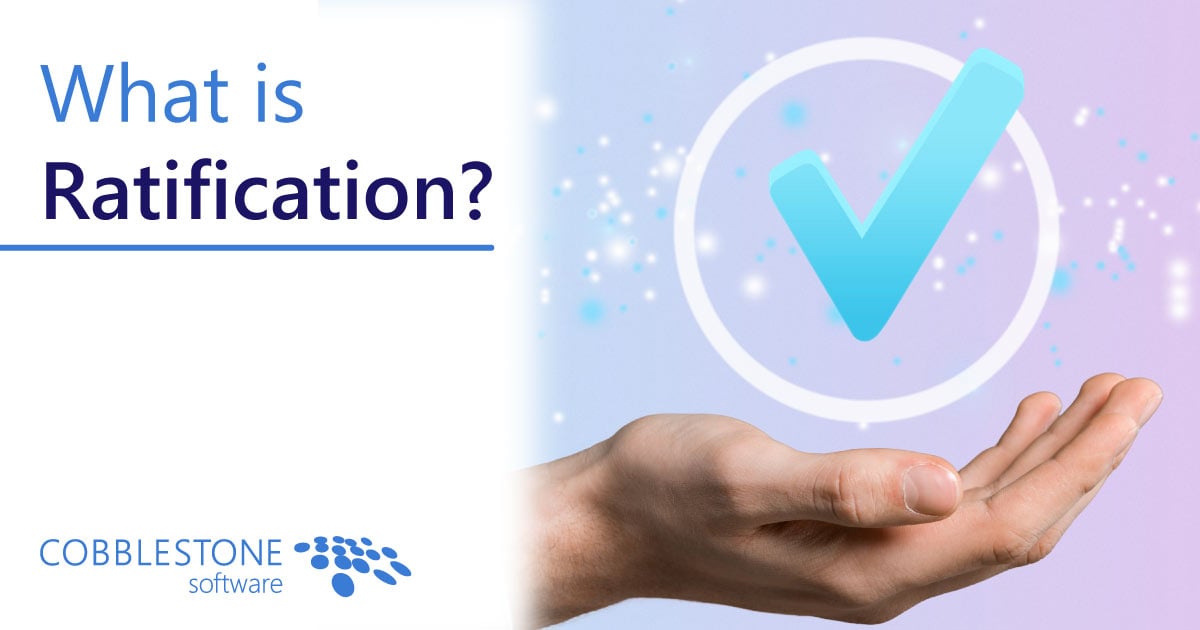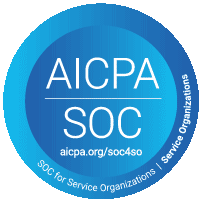
Contract negotiation is among the most important stages of contract management. Without a strategy for confidently bringing clear terms, conditions, timelines, expectations, and non-negotiables to the negotiation table, the ties that bind contracts together can quickly fray and break. Enter contract negotiation software. This contract management software solution offers a range of features designed to address common pain points in contract negotiation. From version control to compliance and collaboration, these tools can significantly enhance productivity.
But with many options available, how do you choose the right one?
In this article, we delve into the top fifteen features to look for in contract negotiation software. We aim to help you make an informed decision that aligns with your business needs and enhances your contract management processes.
Why Use Contract Negotiation Software in Modern Business?
In today's fast-paced business environment, contract negotiation is a critical process. It involves multiple stakeholders, complex terms, detailed legalese, and often tight deadlines. Contract negotiation software is designed to simplify this process. It provides a centralized platform for authoring contracts, enhancing collaboration, ensuring compliance, and more. This contract negotiation software not only saves time but also reduces the risk of errors and disputes.
Contract management can be fraught with challenges. These range from version control issues to compliance risks, and from collaboration hurdles to time-consuming manual tasks. Contract negotiation software is equipped to address these pain points. It offers automated workflows, real-time collaboration tools, and robust compliance management capabilities. These features streamline contract management, making it more efficient and less error-prone.
Artificial Intelligence (AI) and Machine Learning (ML) further revolutionize contract negotiation. They enhance the capabilities of contract negotiation software, making it more intelligent and responsive. AI and ML can analyze past contracts and negotiation patterns. They can identify risks, suboptimal language, and fuzzy logic and suggest optimal negotiation strategies - including via modern and robust auto-redlining functionality. These contract negotiation software capabilities can significantly improve negotiation outcomes and reduce risks.
Recommended Features of Contract Negotiation Software
Contract negotiation software is packed with features designed to streamline and enhance the contract management process. These features address common pain points, improve efficiency, and foster better contract outcomes.
1. Centralized Contract Repository
A centralized contract repository is a key feature of contract negotiation software. It provides a single source of truth and location for storing and managing all contracts and related documents - making it easy to access and track them. This centralized approach eliminates the need for multiple storage locations, reducing the risk of misplacing or losing contracts. Users can enjoy search filtering, "Did you mean...?" functionality, and saved searches.
2. Organized Collaboration and Communication
Robust collaboration and communication features allow multiple stakeholders to work on a contract together. These features facilitate quick decision-making and ensure that everyone is on the same page. They also eliminate the need for lengthy email threads, making the negotiation process more efficient. Users can enjoy check-in/check-out functionality for documents, clause ownership and permissions configuration, and automated email communications and chats to conquer contract negotiations.
3. Integration with Other Business Systems
Contract negotiation software should integrate seamlessly with other business systems, such as CRM and ERP. This integration allows for the automated sharing of data between systems, reducing the need for manual data entry and the risk of errors. This symbiosis also virtually ensures that all relevant information is readily available during the negotiation process. Users can especially enjoy a system that supports REST API processes for integration as well.
4. Robust Security Measures & User Permissions
Security is a critical concern in contract management. Contract negotiation software should have robust security measures to protect sensitive contract data. These measures may include data encryption, multi-factor authentication, single sign-on (SSO), single log-on (SLO), and permission-based access controls.
5. Automated Workflow and Task Management
Automated workflows and task management features can significantly reduce manual tasks and errors in contract management. They can nsure that each step in the contract lifecycle is followed correctly and that no important tasks are missed. These features can also automate reminders for key dates and deadlines. Users can especially enjoy task escalation for when tasks are not being performed in a timely manner, customizable emailed workflow communications, and a user-friendly in-system chat within contract negotiation software.
6. Configurable Contract Templates and Clause Libraries
Configurable contract templates and clause libraries can save time and ensure consistency in contract creation and contract authoring. They allow for the quick creation of contracts by inserting standard clauses and terms instead of suboptimal versions of those preferred clauses. These features also reduce the risk of missing or incorrect clauses, which can lead to legal issues. Users can especially enjoy a system that supports auto-redlining and commenting - replacing newly introduced clauses with those that work for your organization.
7. Advanced Searching and Reporting Capabilities
Advanced searching and reporting capabilities provide better visibility into contracts. They allow for quick retrieval of contracts and detailed reporting on contract performance. These features can also provide insights into contract KPIs and trends, aiding in strategic decision-making. Users can enjoy ad-hoc reports, customizable report designers, and visually engaging dashboards - just to name a few contract analytics tools.
8. E-Signature Integration
Electronic signature integration - along with a native signing interface - speeds up the contract execution process. It allows for contracts to be signed digitally, eliminating the need for physical signatures. This feature not only speeds up the contract process but also reduces the environmental impact of contract management. Additionally, digital signature functionality can stamp with approval the validity of a contract's ratification and enactment.
9. Alerts for Deadlines and Renewals
Alerts for deadlines and renewals virtually ensure that no important dates are missed. These alerts can prevent missed opportunities and breaches of contract. They also reduce the need for manual tracking of contract dates, freeing up time for more strategic tasks. Be on the lookout for in-system and emailed alerts so you never miss a beat.
10. Scalability
Contract negotiation software should be able to accommodate growing business needs and have an interface that is easy to navigate. As contract complexity and volume grow, organizations should be able to trust the solution they carefully selected in the first place.
11. Version Tracking & Audit Trails
Audit trails and version tracking management features maintain transparency and accountability in contract management. Audit trails track all changes made to a contract, while version control, more specifically, numbers contract versions during collaboration and negotiation to make sure all parties are aware of which contract is moving forward.
12. Compliance Management
Compliance features ensure adherence to regulations and standards. These features can reduce legal risks and ensure compliance. Robust CLM software users can enjoy compliance configurations, checks, and alerts for OFAC screening, Dun and Bradstreet information on vendors, and many other types of risk.
13. Mobile Accessibility and Support
Mobile accessibility and support allow for on-the-go contract management. They ensure that contracts can be accessed and managed from virtually anywhere, at any time. This feature is particularly useful for businesses with remote teams or those that require frequent travel.
14. Free Trials
Any contract negotiation software provider worth its salt can provide free trials of their solutions. This is an important feature - which acts as a sandbox version of the solution you would use post-implementation. Free trials allow you to decide if the product feels right - demonstrating transparency on the part of the provider.
15. Free Demos
Similarly, contract negotiation software demonstrations should be available so that users can see how an expert uses the product. Additionally, the users can see a fully optimized contract negotiation software system. Be sure to leverage free demos during the consideration phase.
Selecting the Right Contract Negotiation Software
Choosing the right contract negotiation software requires careful consideration. It's not just about the features; it's also about how well the software aligns with your business needs and goals.
The first step in selecting contract negotiation software is assessing its compatibility with your business needs. Consider the types of contracts you manage, the size of your contract portfolio, and the complexities involved. The software should be able to handle your specific requirements and streamline your contract management process.
Vendor support and training are crucial for successful software implementation. Check if the vendor provides comprehensive training to help your team understand and use the software effectively. Also, assess the vendor's support services. They should be responsive and capable of resolving any issues promptly.
Software updates and maintenance are essential to keep the system current and functional. The vendor should regularly update the software to incorporate new features and security measures. Also, consider the software's scalability. As your business grows, the software should be able to accommodate your evolving needs.
Understanding the pricing model of the contract negotiation software is crucial. It should be transparent, with no hidden costs. Also, consider the return on investment (ROI) the software can provide. By automating and streamlining the contract management process, the software should help you save time and resources, contributing to a positive ROI.
Key Takeaway
In conclusion, contract negotiation software is a powerful tool that can significantly enhance your contract management process. By automating tasks, facilitating collaboration, and providing valuable insights, it can help you negotiate better contracts and manage them more efficiently.
However, the key to reaping these benefits lies in choosing the right software. It should not only have the necessary features but also align with your business needs and goals. With careful consideration and evaluation, you can find a solution that truly transforms your contract management process and contributes to your business success.
*Legal Disclaimer: This article is not legal advice. The content of this article is for general informational and educational purposes only. The information on this website may not present the most up-to-date legal information. Readers should contact their attorney for legal advice regarding any particular legal matter.














